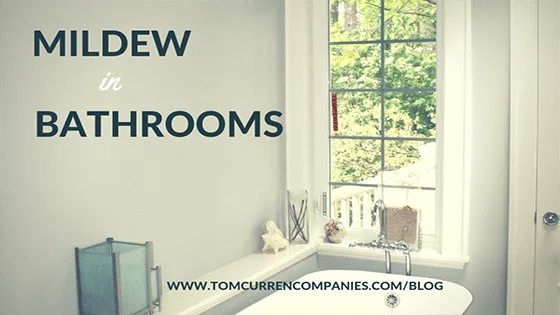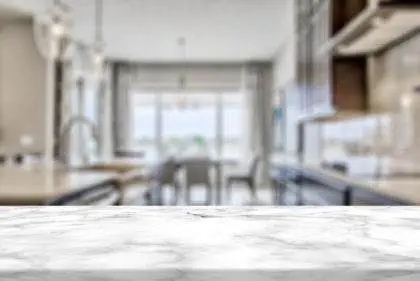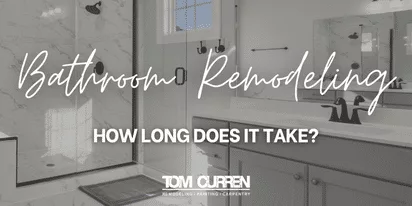Mildew in Bathrooms

Humidity brings mildew: that’s practically unavoidable. And it’s a particular problem in high traffic areas exposed regularly to water, condensation, and steam—like bathrooms. The Federal Emergency Management Agency (FEMA) has a helpful primer that describes what mildew is and why it spreads so fast:
“Mildew and molds are fungi—simple microscopic organisms that thrive anywhere there is a moist environment,” the FEMA report states. “Mold growths, or colonies, can start to grow on a damp surface within 24 to 48 hours. They reproduce by spores—tiny, lightweight ‘seeds’—that travel through the air. Molds digest organic material, eventually destroying the material they grow on, and then spread to destroy adjacent organic material. In addition to the damage molds can cause in your home, they can also cause mild to severe health problems.”
So how do we minimize mildew in bathrooms, or stop it entirely?
Well, you have a couple of remedies at your disposal. One smart way to stop mildew before it begins is simple: use a strong fan, leave it on for a half hour, and let it cut the moisture from the air. That way, your bathroom should be sufficiently dry and inhospitable to spore growth. That’s really the main idea here: if your bathroom is humid, there’s a high likelihood that mildew will develop.
Another strong choice is to paint your bathroom with mildew-resistant finishes, like Benjamin Moore Aura Bath and Spa, which is formulated specifically to resist humid conditions. This is an especially good option if you already have a mildew problem and need to repaint anyway. You can tell if that’s the case by examining your walls and ceilings and asking yourself: Is the paint peeling? Is there mildew on or under it? If the answer to either question is yes, you should start by removing the mildew with a water-bleach mixture, scraping off any loose paint, and sanding it all down. Then you can apply your primer and mildew-resistant paint—but first: make sure the mildew has been totally eviscerated. Remember that even a few spots can multiply quickly; it’s worth the extra effort to avoid unchecked proliferation down the road.
READ OUR
Locations






